How to tell a science story through film
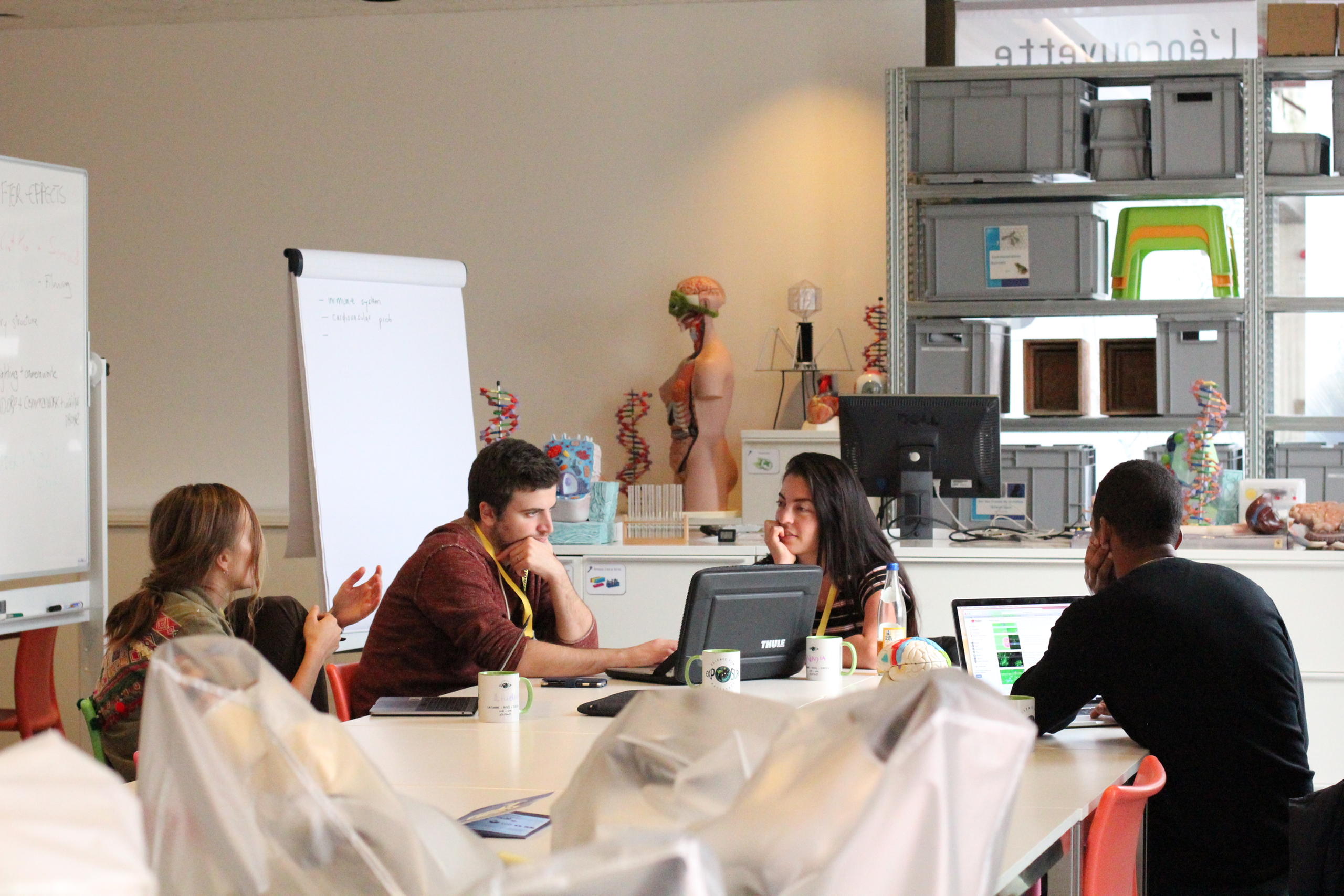
Participants in a unique ‘hackathon’-style event hope to bring a new dimension to science communication through short films – conceived and produced in just three days – that are as entertaining as they are informative.
What was the last science-themed movie or TV programme that you saw? Chances are it focused either on presenting scientific information or entertaining its audience – not both at once.
But it’s this elusive intersection of facts, fun, and fine art that participants in the Exposure Science Film HackathonExternal link are aiming for.
At the third annual instalment of the event in Lausanne in November, some 40 scientists and artists came together to form teams and produce, over the course of three days, ten short films on a range of scientific subjects, from search enginesExternal link to the immune systemExternal link.
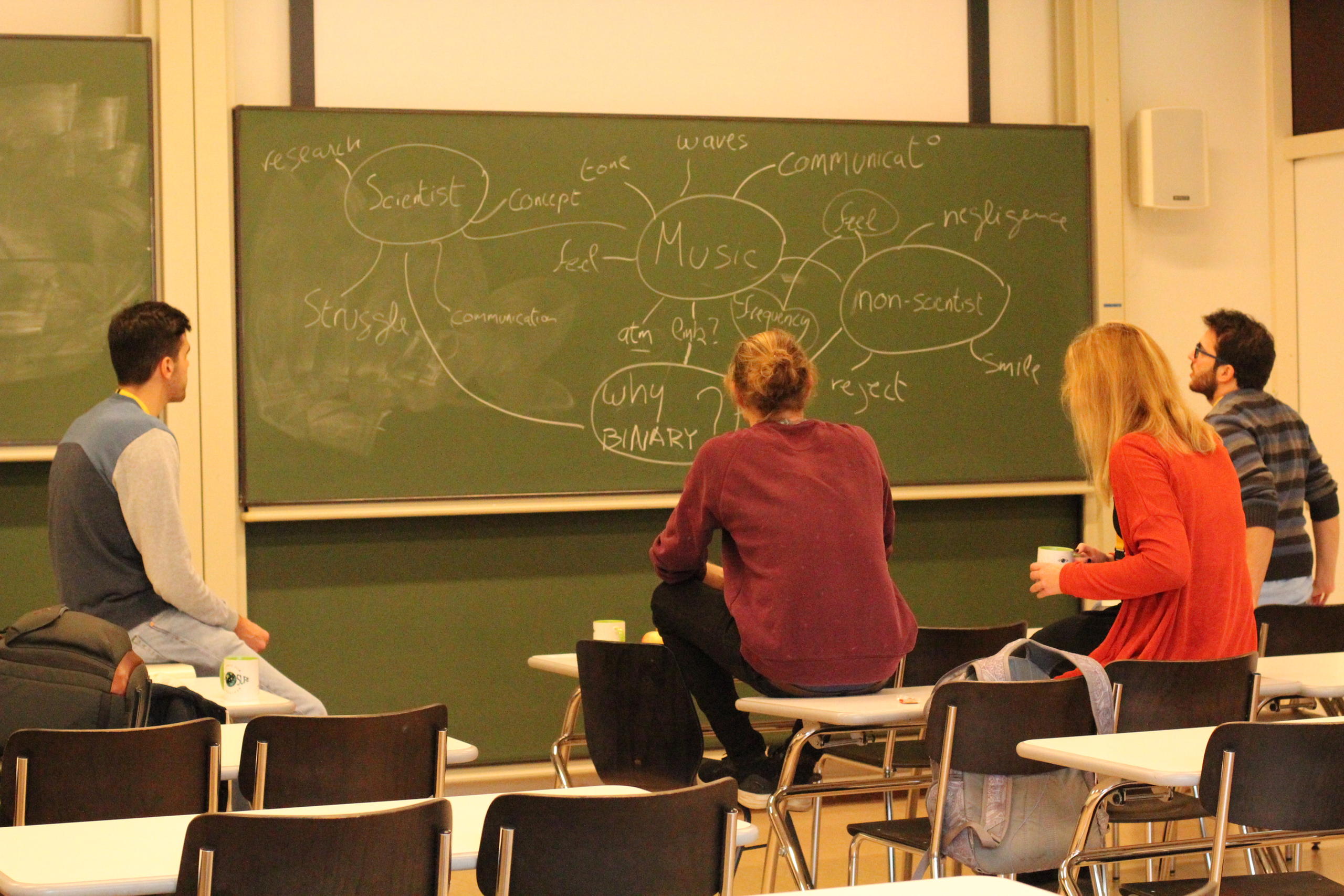
“By science film, we don’t just mean documentaries. We’re trying to find that sweet spot where the audience does not feel lectured, and feels entertained at the same time,” Exposure filmmaker and co-organiser Enrico Milanese, a PhD candidate at the Swiss Federal Institute of Technology Lausanne (EPFL) Computational Solid Mechanics Laboratory, told swissinfo.ch.
“Our aims are two-fold: to create these beautiful and scientifically accurate films, but also to train scientists to be better science communicators and to find that sweet spot,” added co-organiser Adria LeBoeuf, a social systems biology researcher at the University of Lausanne (UNIL).
Watch the film created by Enrico and his team on the subject of love and emergent properties, which won joint best film in the public vote at the Exposure Science Film Hackathon 2016.
Creative immersion
While science-oriented film events – like the Pariscience International Film FestivalExternal link and the Imagine Science Film FestivalExternal link – have been growing in popularity in recent years, the organisers of Exposure believe that film is still a largely underused and underestimated tool for communicating science, despite its power to educate and entertain almost any audience.
“I think that film, with its high consumption rate and accessibility, is probably the most effective way to reach the public with science. We spend hours and hours watching TV shows, [so] to create entertaining and visually beautiful and scientifically accurate films is something there is space for,” explained Exposure project manager Robbie I’Anson Price, who is earning a PhD at UNIL studying honeybee communication.
As a hackathonExternal link, Exposure is modelled on computer programming events in which teams collaboratively solve a problem or develop software over a short period of time. Although prizes are awarded for the best films, as judged by experts and the public at local cinema screeningsExternal link, having fun and learning are bigger priorities for participants.
“I like the idea of being creative and sharing ideas that might be not so easy to explain in an academic way in a fun movie,” said hackathoner JiSoo Park, a PhD candidate in stem cell bioengineering at EPFL. “For me, I just want to gather more experience in communicating science,” added Vytautas Navikas, a biotechnology and bioengineering PhD student at EPFL studying super-resolution microscopy.
Are you wondering about how it is possile to produce a #ScienceExternal link #FilmExternal link in just 3 days!? Here is our timeline for the weekend! #scifilmitExternal link #scicommExternal link #hackathonExternal link pic.twitter.com/IfxQvK7xMfExternal link
— Exposure Hackathon (@ExposureSciFilm) November 29, 2018External link
Narrative power
So, what is the difference between a documentary and a science film? The answer is simple: a science film tells a story.
“All our films have a narrative structure. Rather than someone lecturing you, they create a story in each one,” I’Anson Price explained.
On the first day of the 2018 event, participants – some scientists, some artists, some both – were assigned to groups of four, where they met each other for the first time and decided which story they wanted to tell.
“I think I always was a bit interested in film, and I thought that there is something else I really like to talk about – science – and they just kind of naturally went together,” said Amandine Masson, who is doing a PhD in plant biology at UNIL focusing on root development.
Masson said that for her, the educational and entertainment aspects of science film are equally important. “I wouldn’t see them separated. If it’s not fun, no one will listen. But if everyone listens and no message goes through, that’s also a shame.”
Watch the completed film of Vytautas, JiSoo, Amandine and their teammate Alexandre Pinault on the topic of personalised medicine, which won the 2018 public vote for best film at a December 5 screening.
Before putting their heads together to write, storyboard and shoot their films, the groups heard from expert speakers who provided instruction on how to create never-before-told stories out of scientific concepts and data.
Prasenjeet Yadav, a molecular ecologist-turned-photographer and National Geographic Explorer, talked about his experience capturing on film the seldom-seen – and dwindling – biodiversity of the Western Ghats of IndiaExternal link. He told the hackathoners that his films and photo-stories had succeeded in communicating scientific research to funders, government authorities and the public where data and reports alone had failed.
“In today’s world, communicating science is as important as practicing it,” he said.
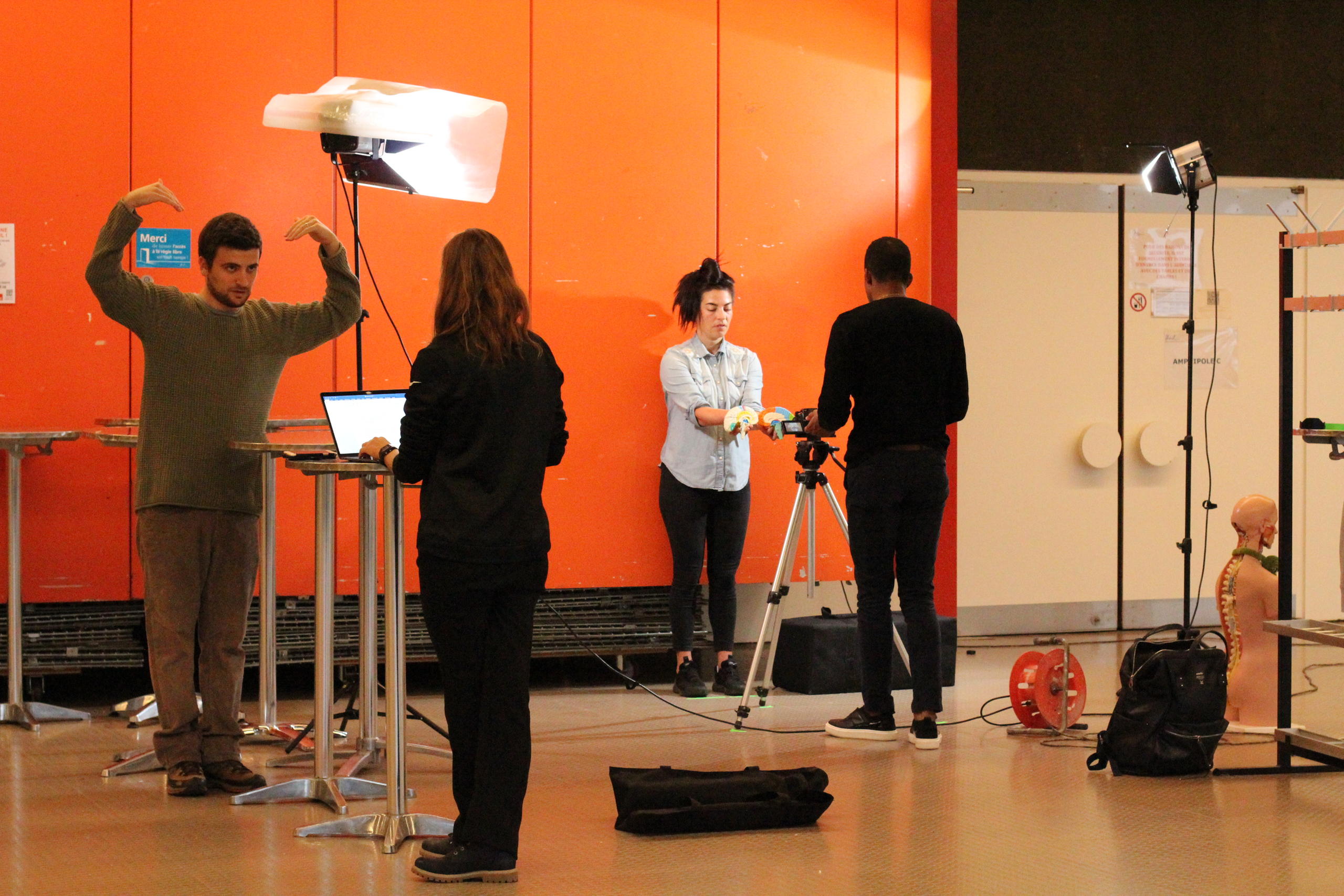
According to the organisers, the tools of story and narrative are so powerful that they can be used to create compelling films about scientific topics far more complex and theoretical than biodiversity.
“You need to find the right hook,” LeBoeuf said. “There are some topics that anybody will care about, like antibiotic resistanceExternal link, which is about our health. But if for example you go more towards particle physics, you have to find the right way to get people to care about that topic. Sometimes the best hook is curiosity; sometimes it’s finding some way to make that topic relate to someone’s life.”
This video from the Exposure Hackathon 2017, which won the joint-best film voted by an expert jury, shows that film can even be used to bring to life concepts as complex as nuclear fusion.
I’Anson Price added that narrative through film is also a powerful tool for connecting all kinds of audiences to accurate information in a time when “fake news” is a growing concern.
“I think right now film is the most powerful medium we have for reaching people. So long as narrative and hooks are used in conjunction with it, for the foreseeable future, I think film is the best weapon we have against misinformation,” he said.

In compliance with the JTI standards
More: SWI swissinfo.ch certified by the Journalism Trust Initiative





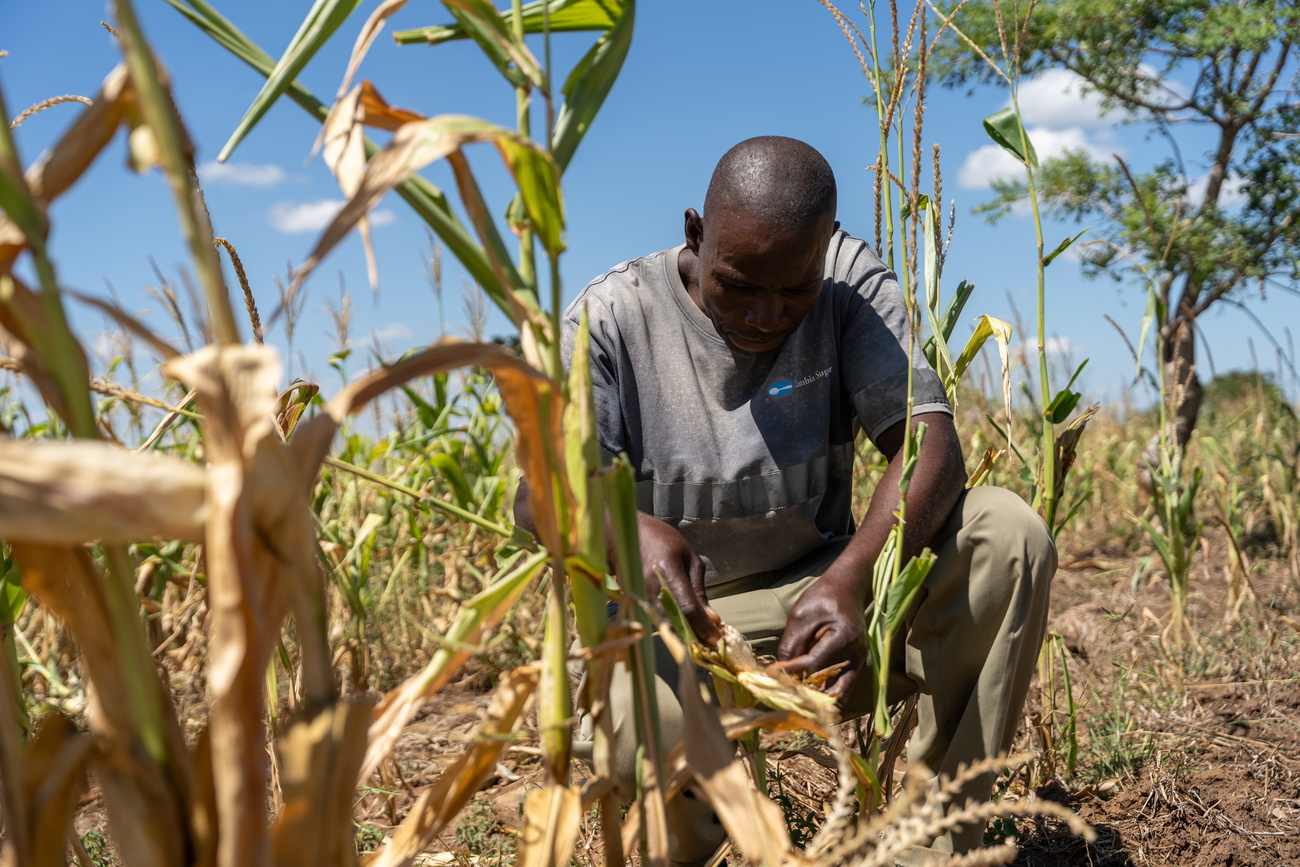



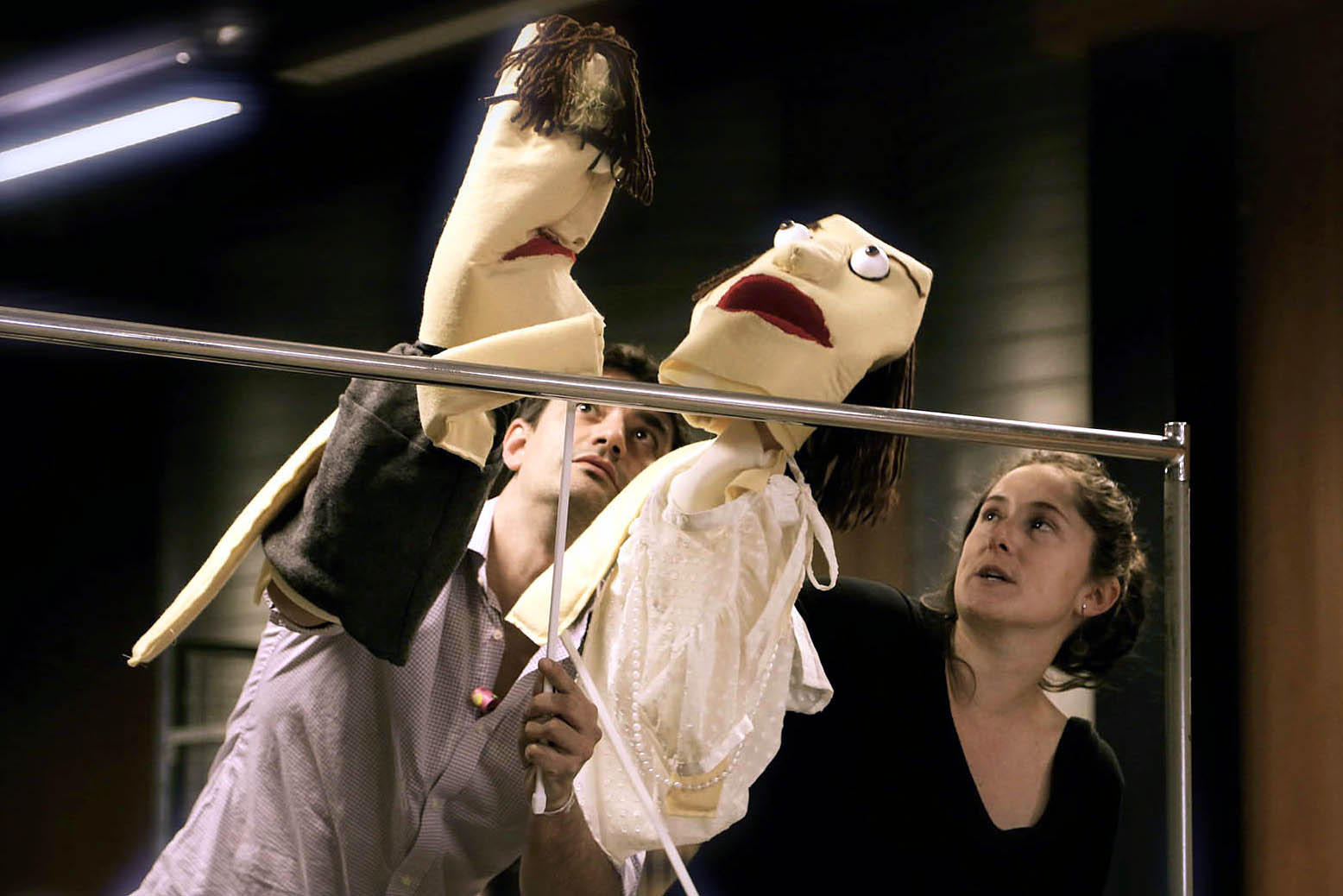
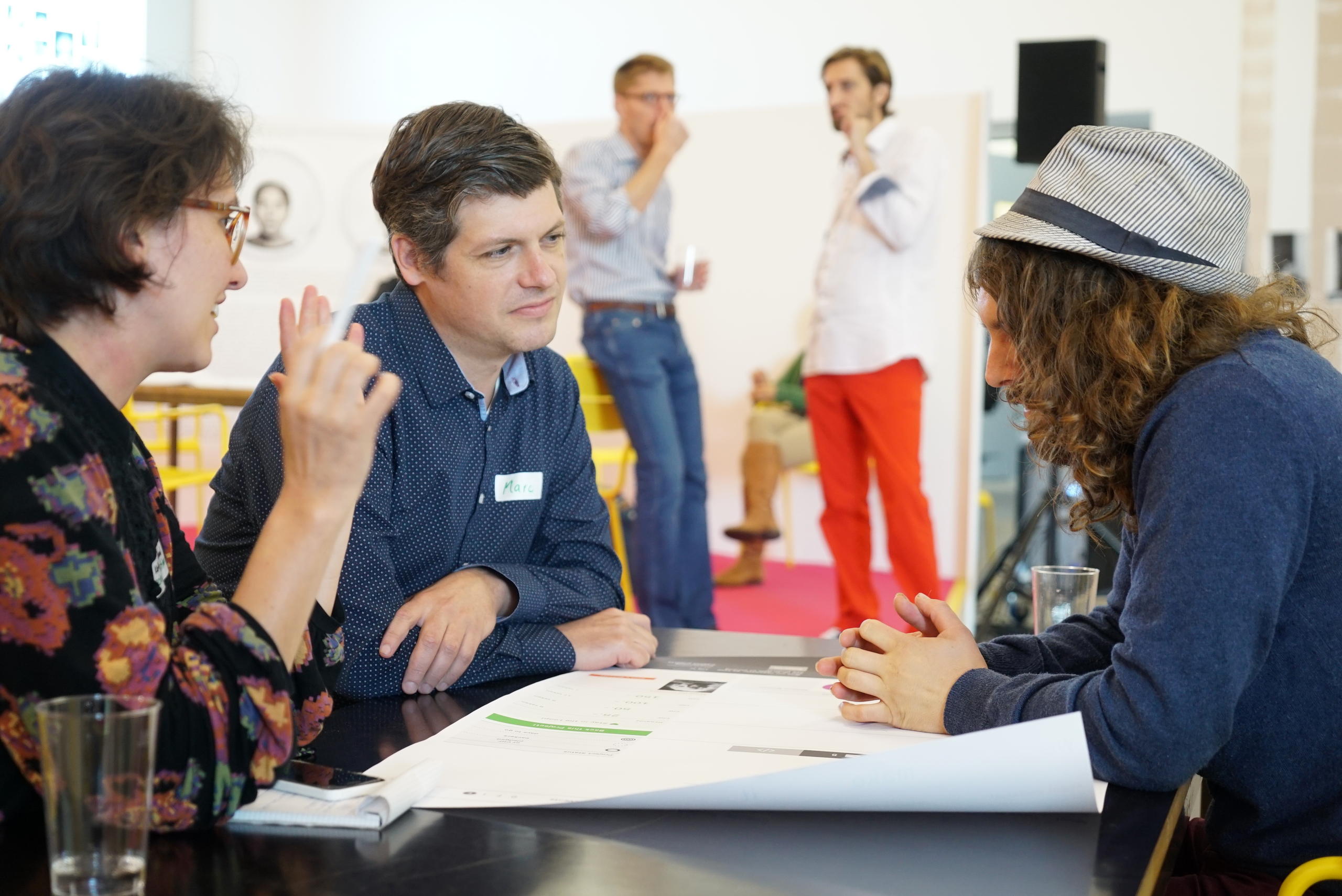
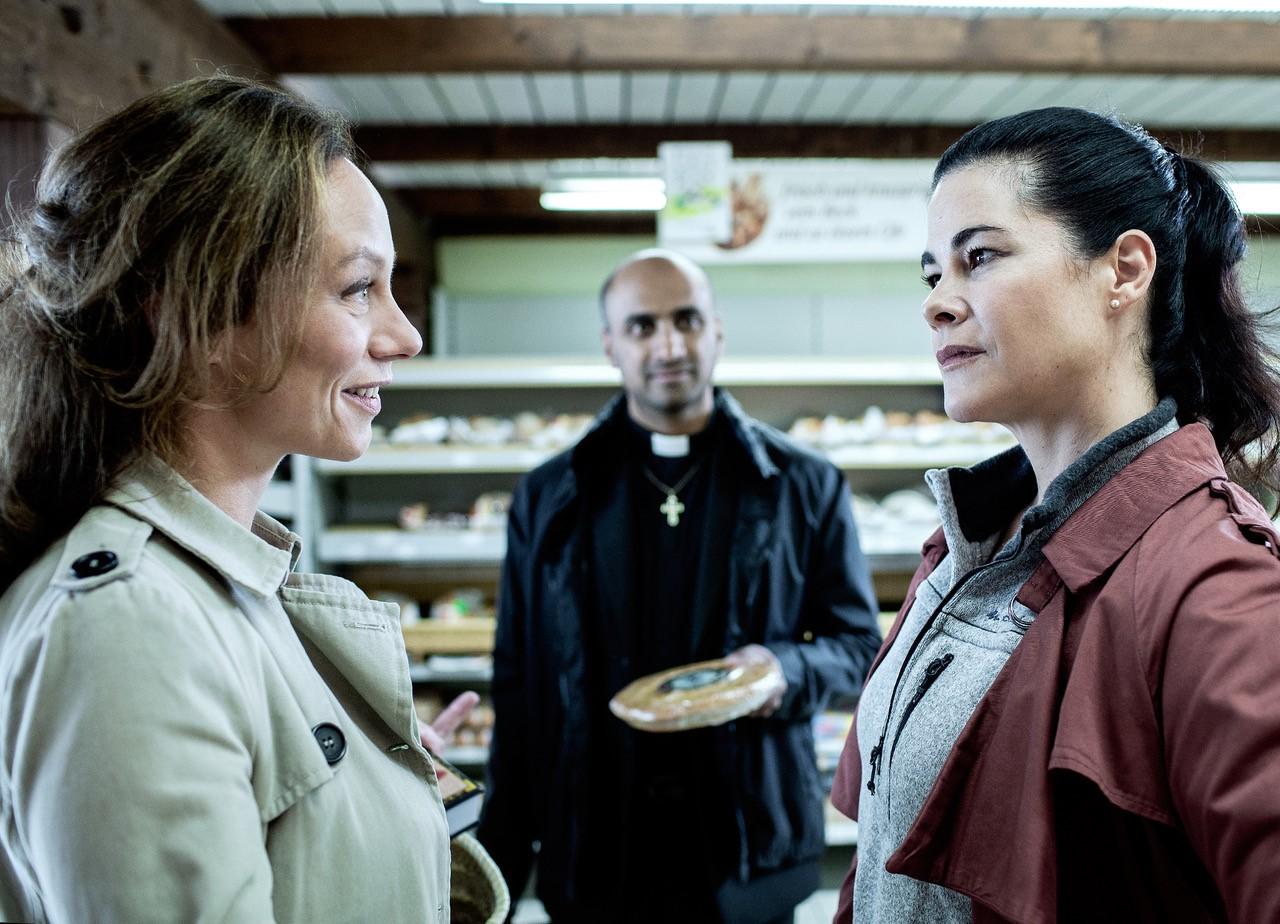
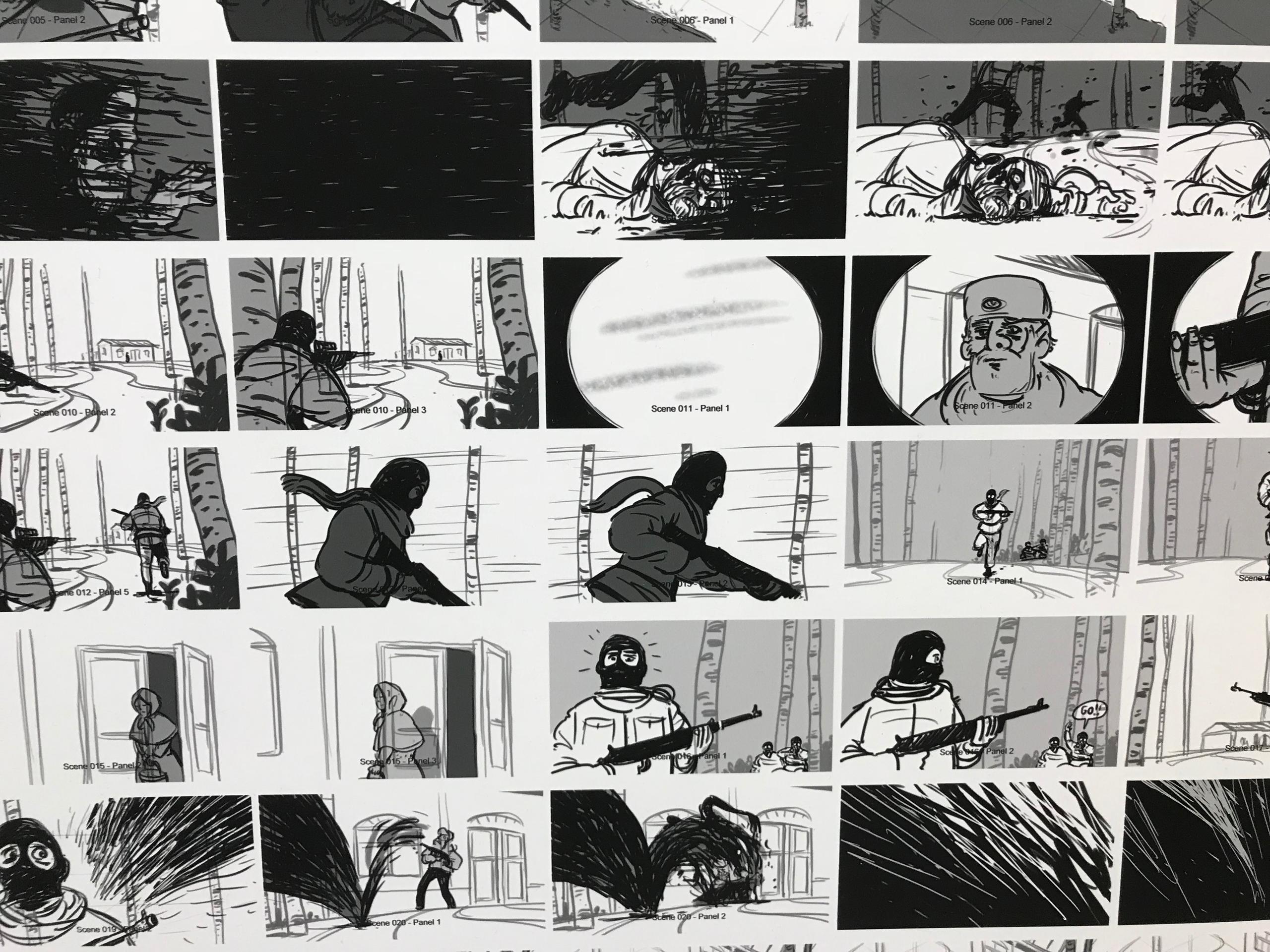
You can find an overview of ongoing debates with our journalists here . Please join us!
If you want to start a conversation about a topic raised in this article or want to report factual errors, email us at english@swissinfo.ch.